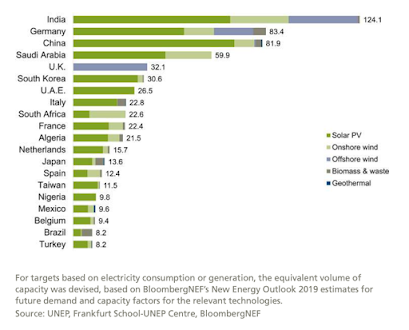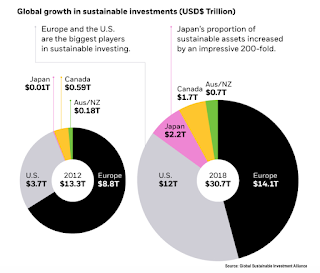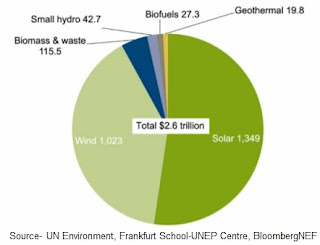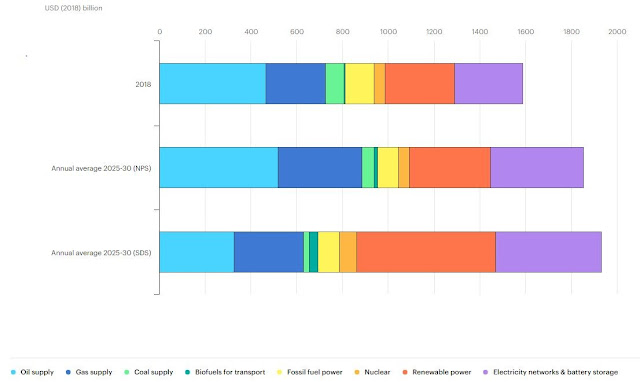Trends in Renewable Energy Investments

It goes without saying that clean energy is better for the planet, and humanity, than energy derived from fossil fuels. Marginalized communities will benefit from access to energy through off-grid systems, reduced greenhouse gas emissions and an overall improvement in the resiliency of our existing energy infrastructure. The world has a unique opportunity to accelerate clean energy deployments by putting renewable energy at the heart of the COVID-19 economic recovery plans. While there is great progress seen being made over the last decade, there is still room to do more and nations along with corporations have to make more ambitious clean energy commitments over the next decade. For example, according to the latest United Nations Environmental Program report on clean energy investment trends, nations have made commitments for 826GW of new non-hydro renewable power capacity by 2030, which will come at a cost of around $1 trillion. However, even these commitments fall short of wha


